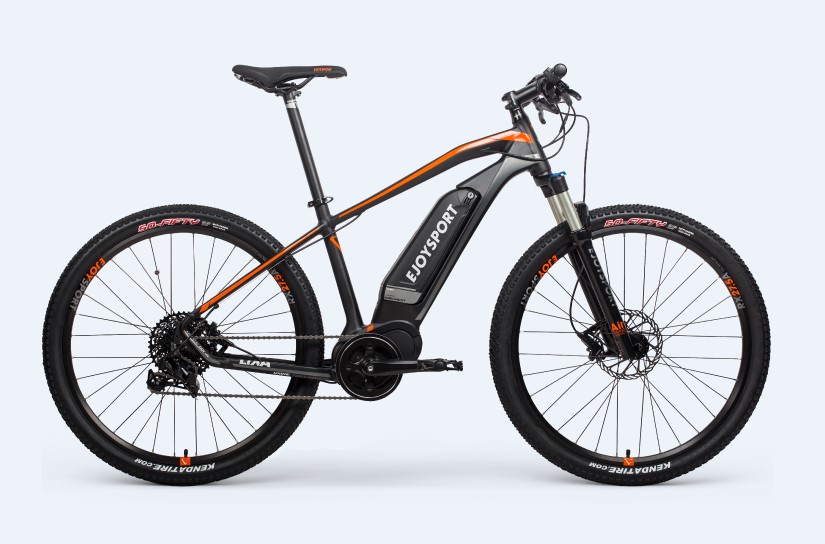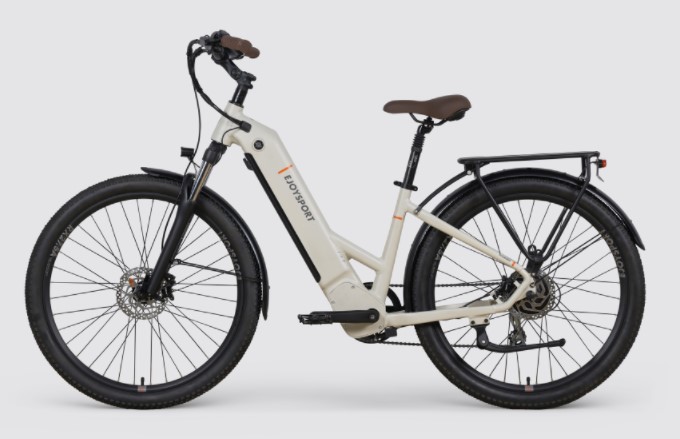At present, lead-acid batteries are the main batteries of Electric Bicycles on the market. As early as the launch of Electric Vehicles in China, lead-acid batteries have accounted for most of the Electric Vehicle battery batteries with low production costs. However, at the beginning of the development of Electric Bicycles in China, a group of Electric Bicycle manufacturers went against the trend and did not participate in the fierce competition in domestic shopping malls. Instead, with lithium-ion battery E Bikes as the main product, it pioneered the export of lithium-ion electric power assisted bicycle shopping malls - electric power assisted bicycles.
In 1993, the world's first lithium-ion Electric Bicycle was launched in Japan. As the birthplace of electric scooters, electric scooters have long been widely used in Japan and have become one of the most widely used means of transportation for the Japanese people. As a cultural center for bicycles in the world, bicycles were once popular in Europe. However, in recent years, the sales of bicycles in Europe have been declining year by year, while electric powered bicycles have been growing against the trend. In 2015, the import volume of France, Germany, Italy, the Netherlands, and Spain increased by 46.8% compared to 2014, and this trend is still accelerating.

Lithium Battery electric vehicles now have a variety of brands, such as Gusu Bafang (kit factory), Tianjin Baodao, Taicang Bofeli lithium electric vehicles, etc. Lithium Battery Electric Bikes are no different in terms of power from traditional Lead-Acid Battery simple electric vehicles. The charging time of lithium batteries is about 6-8 hours, and the range is around 30-45 kilometers depending on the battery capacity, but the weight is less than about 1/5 of that of lead-acid batteries. Of course, there are also some shortages of Lithium Batteries. Compared with Lead–acid battery, Lthium Batteries are much less resistant to shake during high current charging and discharging, which is also the reason why high-power vehicles cannot use lithium batteries. However, without considering the cost, lithium batteries are more suitable for use on low-power electric power assisted bicycles due to their compact size and long service life.
As early as 2006, a group of complete vehicle companies and supporting manufacturers specializing in lithium-ion electric scooters had quietly emerged in China. At first, it was impossible to compare lithium-ion electric scooters with domestic lead-acid electric vehicles in terms of pricing, cost, and market demand. Generally, the number of orders for a customer is only a few, and if there are more, they will only be a few dozen. Contrary to the booming domestic market for lead-acid battery electric vehicles, the contrast is bleak, and some companies may even find it difficult to sustain themselves!

However, the changes in shopping malls are always confusing. It seems that the demand for lithium-ion Ebikes in European export shopping malls has exploded without knowing how, and lithium-ion electric car shopping malls are gradually becoming prosperous! At that time, a small Electric Bicycle controller company in Lishui ordered over 30W lithium-ion Electric Bike controllers in a year.
In 2014, the quotation for a lithium-ion electric moped exported to Europe was only 2500 euros. The uniform quotation for a single 6-tube sine wave controller is between 150 and 300 yuan. Up to now, the quotation for 6-tube sine wave controllers of the same specification in domestic shopping malls is only 28-33 yuan, while the quotation for 6-tube sine wave controllers of exported electric power assisted bicycles is almost four times that of domestic products!
